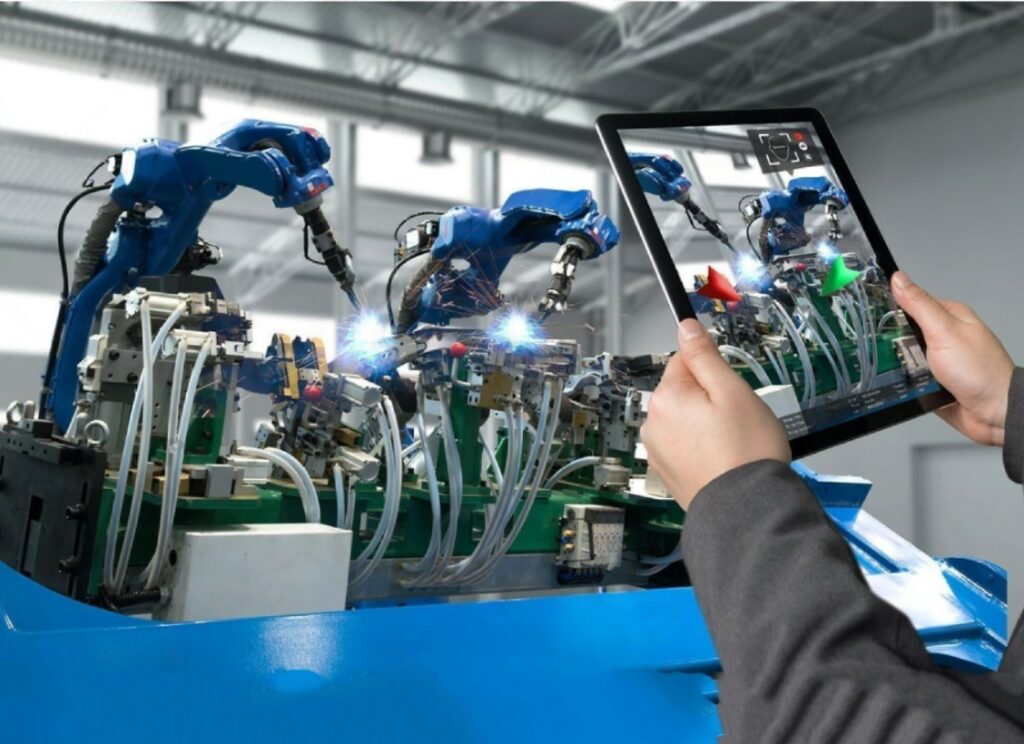
Times have passed and a new era has come. Most if not all industries have integrated an increased digitalisation process as well as a great amount of automation on methods applied. Not only that but several professional and manual fields have utilised artificial intelligence mainly or as an aid in work.
The welding industry is no exemption. As it moves toward the growing demand for welders and with scarcity issues of a solid skilled workforce, it slowly adapts and evolves in ways that could see the industry progress and thrive. In this article, we take a look at some of these key trends and innovations that contribute to the overall efficiency and effectiveness of the welding workforce.
Even before the height of the pandemic, businesses have been scaling and tapping into their digital potential. But with COVID-19, automation and digitalisation efforts have gotten more emphasis and accelerated more than ever. The global market now looks for optimisation of new technology being incorporated into work processes. In the welding industry, there is this concept of robotic welding wherein advanced technology is embraced to realize and attain goals. This includes machine learning, cloud computing, network infrastructures as well as sensors.
Simply put, robots come in the picture to perform welding tasks. These automated machines operate through a suited program while people welders still get to monitor and supervise the entire procedure. Evidently, manual work is still essential but it is also undeniable that robotic technology is a powerful tool and resource for the industry.
Welding safety has always been a non-negotiable since time immemorial, but over the years, several techniques developed. Ensuring every welder’s safety is a top priority of companies and welding manufacturers, with their culture, reputation, and quality service on the line.
More resources go into purchasing quality protective gear and equipment to prevent accidents, hazards, and undue dangerous circumstances. This kind of proactive approach speaks volumes and is crucial to the overall safety of the workplace. Regular inspections and thorough assessments through applications or software programs have gone past becoming more than just a trend but a best practice.
The times have indeed changed and augmented reality (AR) has also impacted even the welding industry. Not only does it provide a virtual and flexible experience but most especially, it revolutionises training and makes it immersive, educational, and appealing. Thus, making the entire training process enjoyable and conducive for learning.
In a nutshell, AR welding does not only offer a mere computer-based module or virtual experience but guarantees an environment realistically similar to that of an actual welding workplace where one can pretend to weld. This gives learners an edge and the flexibility to train together, being able to accommodate several welders simultaneously. Making for overall enhanced learning and working experience, AR improves productivity through e-learning while also reducing the risks and costs.
Technological advancements and innovations shall continue to revolutionise and modernise the welding industry among others. Gone are the days when manual labor and processes are causes of delay – now with the help of trending tools and resources, the craft and skill of welders can only progress and soar to greater heights. Close the skills gap and take advantage of the resources and training available for eager learners. Watch, as whatever seemed impossible then, suddenly becomes possible.